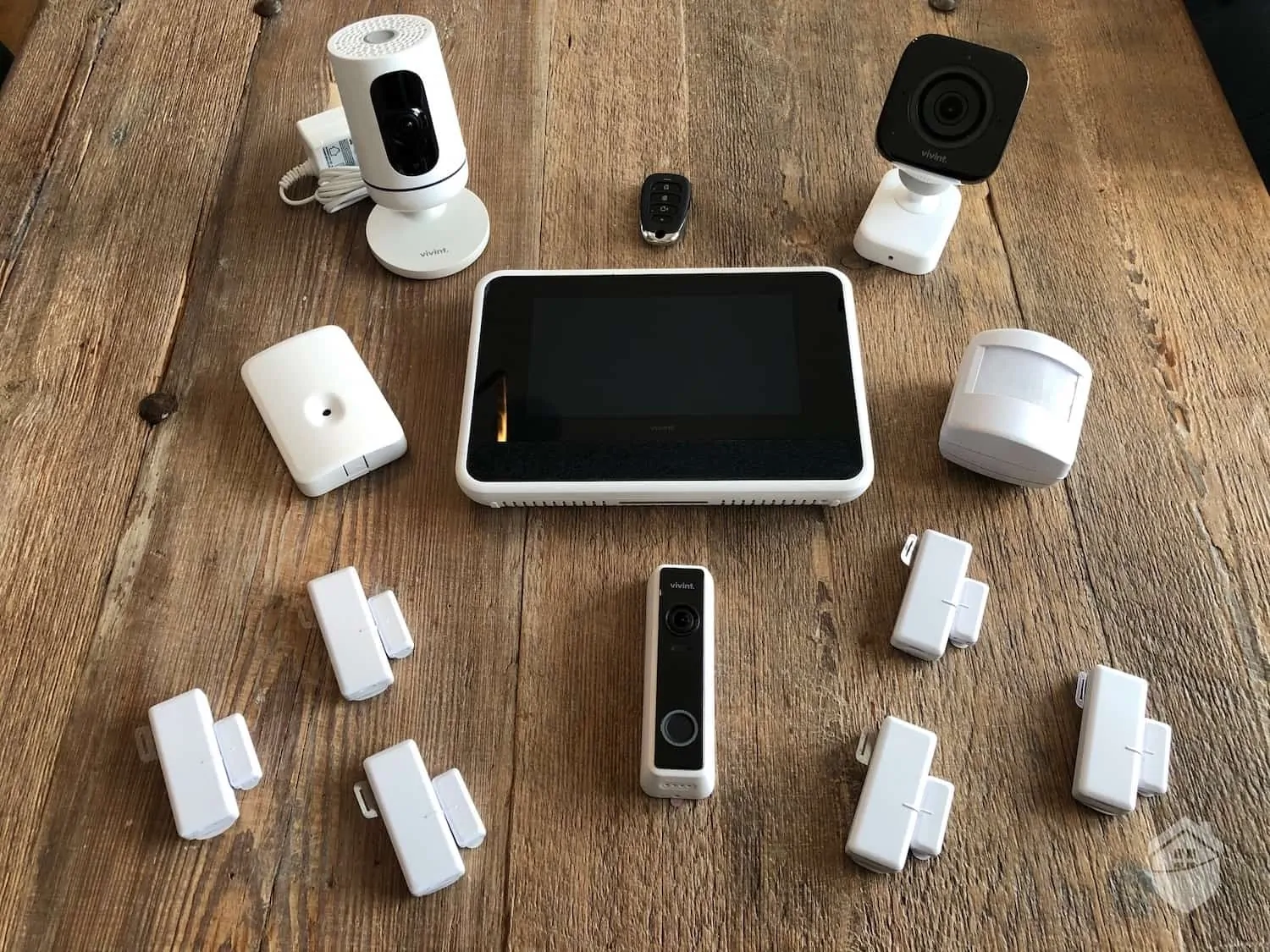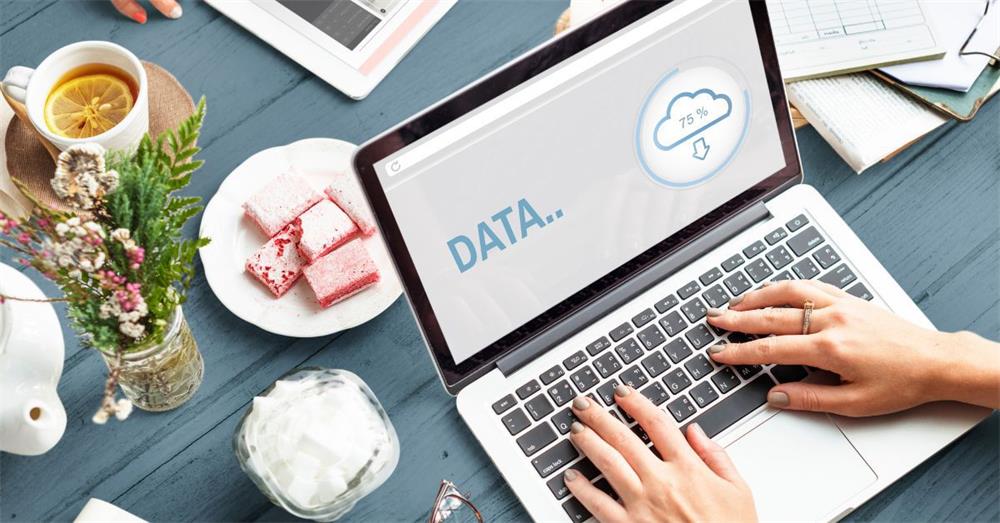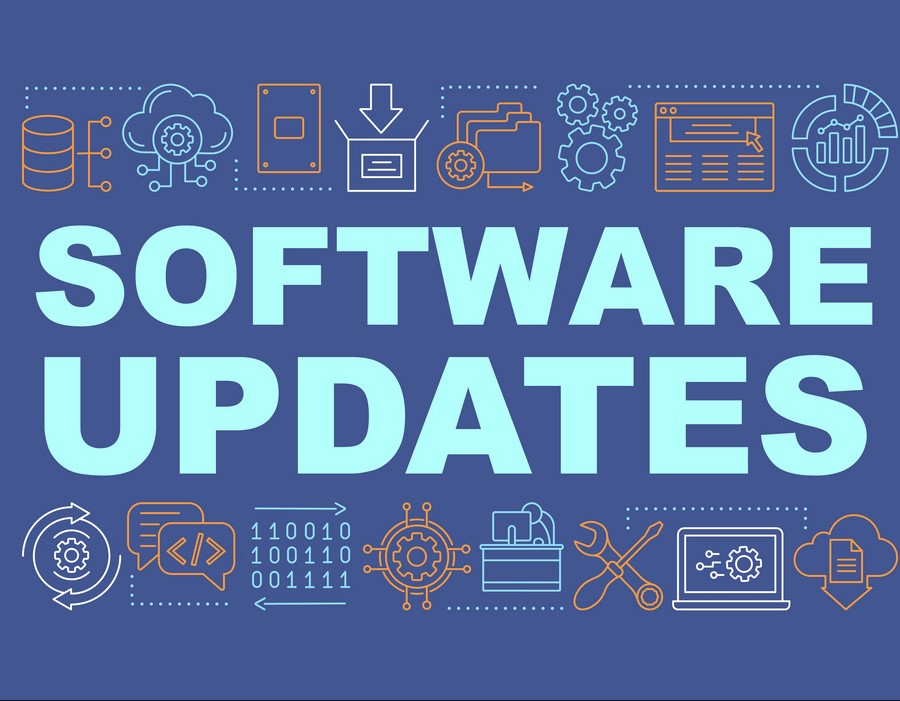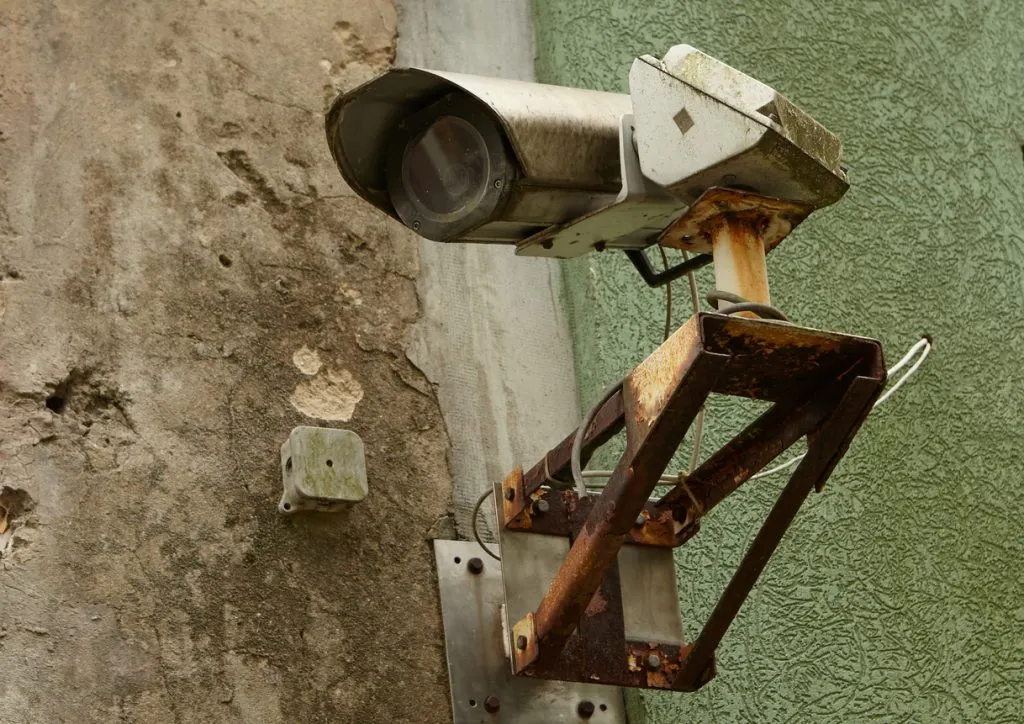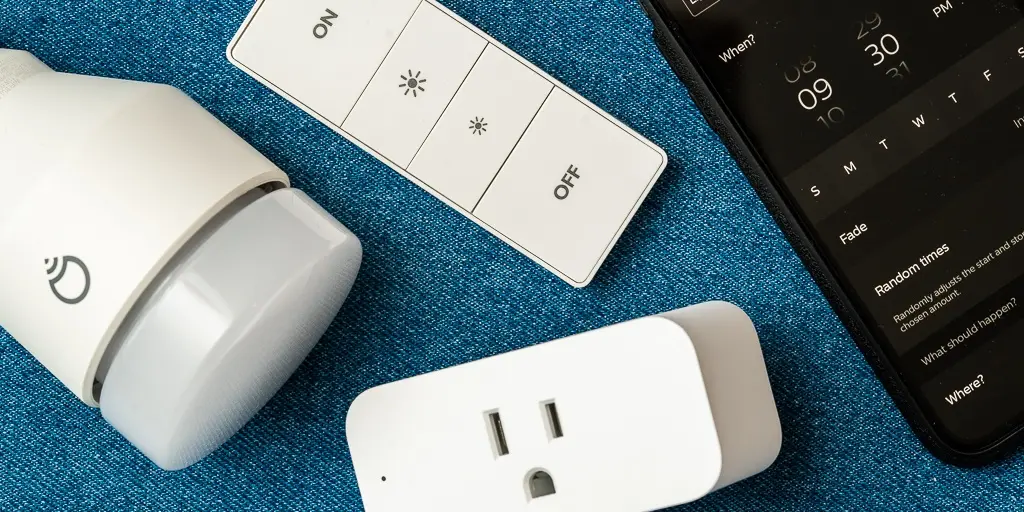Contents
The Importance of Spotting and Avoiding Fake News and Disinformation Online
In today’s digital age, information is available at our fingertips in a matter of seconds. However, not all information is created equal.
With the rise of fake news and disinformation online, it can be difficult to distinguish fact from fiction. Fake news refers to deliberately fabricated news stories designed to mislead readers, while disinformation is false information spread with the intent to deceive or manipulate people.
The impact of fake news and disinformation can be devastating. It can sway public opinion, influence election results, and even incite violence.
That’s why it’s crucial for everyone to learn how to spot and avoid these types of content online. By being able to identify fake news and disinformation, you can protect yourself from being misled and make informed decisions based on accurate information.
You’ll also be able to help stop the spread of false information by not sharing it with others. It’s important to note that fake news and disinformation are not just an issue for one political party or belief system – they affect everyone who wants truthful reporting on issues that matter.
Whether you are reading about politics or health topics, understanding how to spot and avoid fake news will help you become a more informed consumer of information. So let’s dive in and explore some practical tips that will help you identify fake news and disinformation online so that you can make better-informed decisions in your daily life
Understanding the Source
Fake news and disinformation are often spread through unreliable sources, which may be difficult to identify without the right tools and knowledge. It is important to check the source of any information before sharing or acting on it, in order to avoid spreading false or misleading claims. Some common sources of fake news include anonymous websites, social media pages with no clear authorship, unverified accounts on Twitter or other platforms, and blogs that lack editorial oversight.
When trying to determine whether a source is credible or not, there are several factors you should consider. First of all, look for signs that the author has expertise in the topic they are writing about.
This can be demonstrated through their credentials or experience in a relevant field. Additionally, you should assess whether the source has a reputation for accuracy and impartiality – do they have a history of reporting facts rather than opinions?
How to Identify Credible Sources
A good rule of thumb is to look for sources that have established reputations for quality journalism, such as major newspapers and news networks. Websites like NPR.org and BBC.com are known for their rigorous fact-checking processes and high journalistic standards. Similarly, academic journals can be trusted as reliable sources of expert analysis on specific topics.
If you come across an unfamiliar website or publication that you’re unsure about, there are several strategies you can use to assess its reliability:
- Look up information about the publisher or author using search engines like Google.
- Check whether other reputable websites link back to this source.
- See if any red flags – such as biased language or lack of transparency about funding – indicate an agenda behind what’s being presented.
- Consider reading multiple articles from different perspectives on the same topic to get a more balanced view.
Examples of Unreliable Sources
Some sources of fake news are easier to spot than others. For example, a website with the URL “www.breakingnews247.com” is clearly not a credible source, as it is designed to sound like an official news outlet but has no affiliation with one.
Similarly, social media accounts with no clear owner or history of posting sensationalist headlines should be approached with skepticism. Other sources may be more subtle in their bias or intent.
Websites that present themselves as news outlets but are actually propaganda machines for political groups or foreign governments are particularly insidious, as they can manipulate readers into accepting false information without realizing it. It’s important to stay vigilant and use your critical thinking skills when evaluating any new information you come across on the internet.
Fact-checking Tools and Techniques
Overview of fact-checking tools available online
In today’s world, with the abundance of information that we have access to, it is essential to be able to sift through it all and discern what is true from what is false. That’s where fact-checking comes in.
Fact-checking is the process of verifying information in order to determine its accuracy. There are a variety of tools available online that can aid us in this process, such as Snopes, FactCheck.org, and PolitiFact.
How to use fact-checking websites effectively
When using these websites for fact-checking purposes, it is important to approach them with a critical eye. Not all sources are created equal; some may have biases or agendas that affect their reporting. It’s always best practice to check multiple sources before making any conclusions or decisions based on the information at hand.
To use these websites effectively – you should enter the topic you want to research into the search bar and review multiple articles about the topic from different sources. On many sites, you can see how other news outlets have reported on a story by scrolling down or clicking on links embedded in the article itself.
Tips for verifying information on social media
Social media has become one of the most popular platforms for consuming news and information but also one where disinformation can easily spread like wildfire. So how can we tell if something shared on social media is accurate? Here are some tips:
– Check for credible sources: Like with any news source – check if there are reputable news organizations reporting similar stories. – Look for context: Verify whether claims made fit within larger narratives or trends surrounding an issue.
– Examine visuals: Oftentimes images or videos accompany messages – consider their reliability by checking if they’ve been taken out of context or edited. – Check the date: Consider whether the information is up-to-date.
Overall, It’s essential to be vigilant when it comes to fact-checking and verifying information online. These tools and techniques can help us navigate through a sea of disinformation.
Analyzing the Content
Recognizing clickbait headlines and sensationalist language
Clickbait headlines are designed to grab your attention and encourage you to click on the article. They often use sensationalist language or make outrageous claims that seem too good (or bad) to be true. Unfortunately, many of these headlines lead to articles that are misleading or completely false.
One way to spot a clickbait headline is to look for phrases like “you won’t believe” or “shocking.” These types of phrases are often used in clickbait headlines because they create a sense of urgency or excitement in the reader. Another clue is when there is little information provided in the headline and you’re forced to click through just to get basic details.
It’s important not to fall for these tactics and take the time to read beyond the headline before sharing any information. If an article seems questionable, do some research on the source and check other sources for corroboration before sharing it with others.
Identifying logical fallacies in arguments
Logical fallacies are errors in reasoning that can make an argument appear more convincing than it actually is. They’re often used by people trying to persuade others of a particular point of view, but they don’t provide actual evidence or sound reasoning. Some common logical fallacies include ad hominem attacks (attacking someone’s character instead of their argument), strawman arguments (misrepresenting someone’s argument so it’s easier to attack), and false dichotomies (presenting only two options when more exist).
To avoid being taken in by these kinds of arguments, be sure you understand what someone is actually saying before responding. Take time to consider whether their argument makes sense, even if you disagree with their position.
Understanding how images can be manipulated
Images can be incredibly powerful tools for conveying information, but they can also be manipulated to present a false picture of reality. For example, an image may be cropped or edited to remove important context or make something appear more dramatic than it really is. To avoid being misled by images, pay attention to the context in which they’re presented.
Look for additional sources that provide different perspectives on the same event. Also, take time to learn about how images can be manipulated so you’re better able to spot when it’s happening.
It’s also important to remember that even unaltered images can be misleading if they’re presented without proper context. Always try to understand the circumstances behind an image before assuming you know what it means.
Staying Informed and Critical Thinking
The Importance of Staying Informed About Current Events
One way to avoid falling for fake news and disinformation is by staying informed about current events. This means regularly reading news from reliable sources, such as respected newspapers and news websites.
By staying up-to-date with the latest news, you will be better equipped to spot fake or misleading stories when they appear. It’s also important to follow a variety of news sources from different perspectives.
This can help you develop a more nuanced understanding of complex issues and avoid being swayed by one-sided or biased coverage. For example, if you’re interested in politics, try following both liberal and conservative media outlets.
Developing Critical Thinking Skills to Evaluate Information Objectively
One of the most effective ways to avoid fake news is by developing critical thinking skills. This means approaching information with a healthy dose of skepticism, carefully evaluating evidence, and avoiding making assumptions without sufficient evidence. To develop these skills, it’s important to ask questions when encountering new information.
For example: Where did this information come from? Does it seem credible?
Are there other sources that confirm or contradict this information? What biases might be influencing the way this information is presented?
It’s also helpful to practice seeking out multiple perspectives on any given issue. Reading articles that challenge your existing beliefs can help you develop a more balanced perspective and become better at evaluating competing arguments.
Being Aware of Personal Biases That May Affect Judgment
It’s important to be aware of personal biases that may affect your judgment when evaluating information online. We all have preconceived notions about certain issues or groups of people based on our upbringing, experiences, and cultural background.
To avoid being swayed by these biases when reading online content, try practicing mindfulness techniques such as deep breathing or meditation before approaching new information. This can help you approach information more objectively and without preconceived notions.
Another strategy is to seek out different viewpoints on any given issue. Reading articles that challenge your existing beliefs can help you become more aware of your own biases and develop a more balanced perspective on complex issues.
Conclusion: Be a Savvy News Consumer
Fake news and disinformation can cause serious harm, from sowing discord to influencing important political decisions. As such, it is essential to be able to distinguish between credible and unreliable sources of information. Here are the key takeaways on how to spot and avoid fake news and disinformation online.
Check the source
Always check the source of an article or post before sharing it. Look for clues that indicate whether the source is reliable or not.
Credible sources typically provide detailed information about their authors, their expertise, funding sources, and affiliations. In contrast, fake news outlets often use misleading domain names or display no authorship information at all.
Fact-checking tools are your friends
Fact-checking websites like FactCheck.org or Snopes.com can save you a lot of trouble by verifying claims quickly and accurately. You can also use browser extensions like NewsGuard or social media plugins like Bot Sentinel that flag dubious websites or bots automatically.
Engage critically with content
It is important to engage critically with the content you consume online. Ask yourself why a piece was written, what evidence supports its claims, what counter-arguments exist, and who benefits from spreading this information. Be wary of clickbait headlines that overstate facts or appeal to emotions instead of reason.
Beware your own biases
Be aware of your own biases when consuming news online. We all have cognitive biases that influence our perceptions; it’s essential to acknowledge them so we can evaluate information objectively.
Take time to get different perspectives on an issue by following reputable sources across the political spectrum. Staying informed while avoiding fake news and disinformation requires some effort but pays off handsomely in terms of personal well-being as well as societal health.
By following the tips outlined above, you can be a savvy news consumer, and help others do the same. With a little bit of effort and a lot of critical thinking, we can all contribute to a more informed, civil society.



